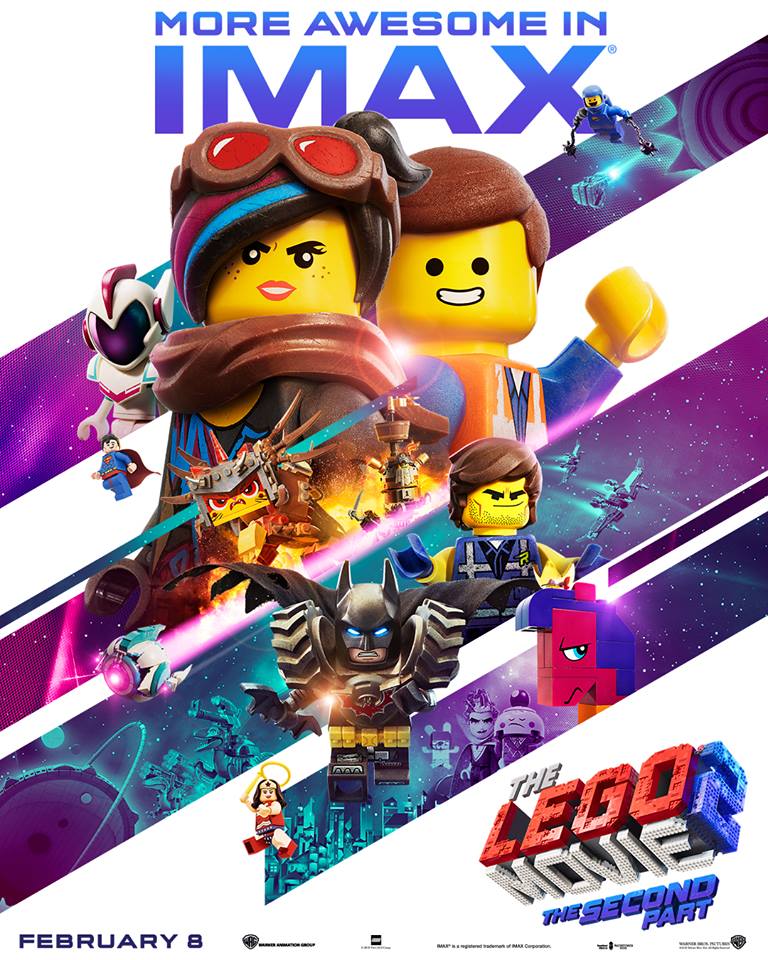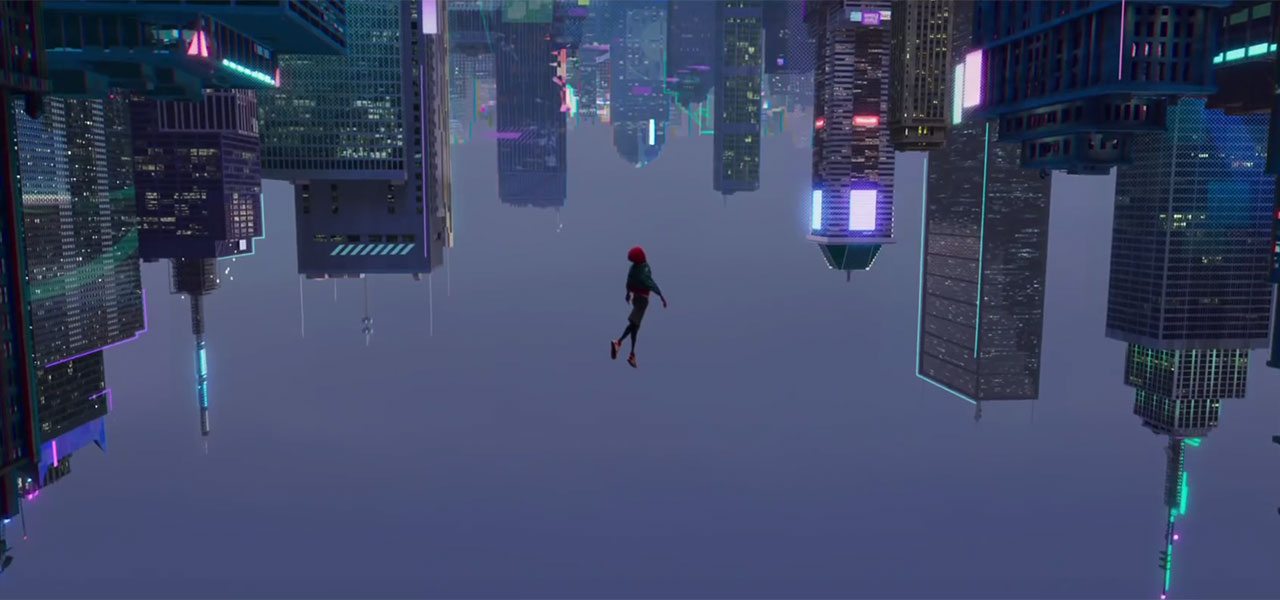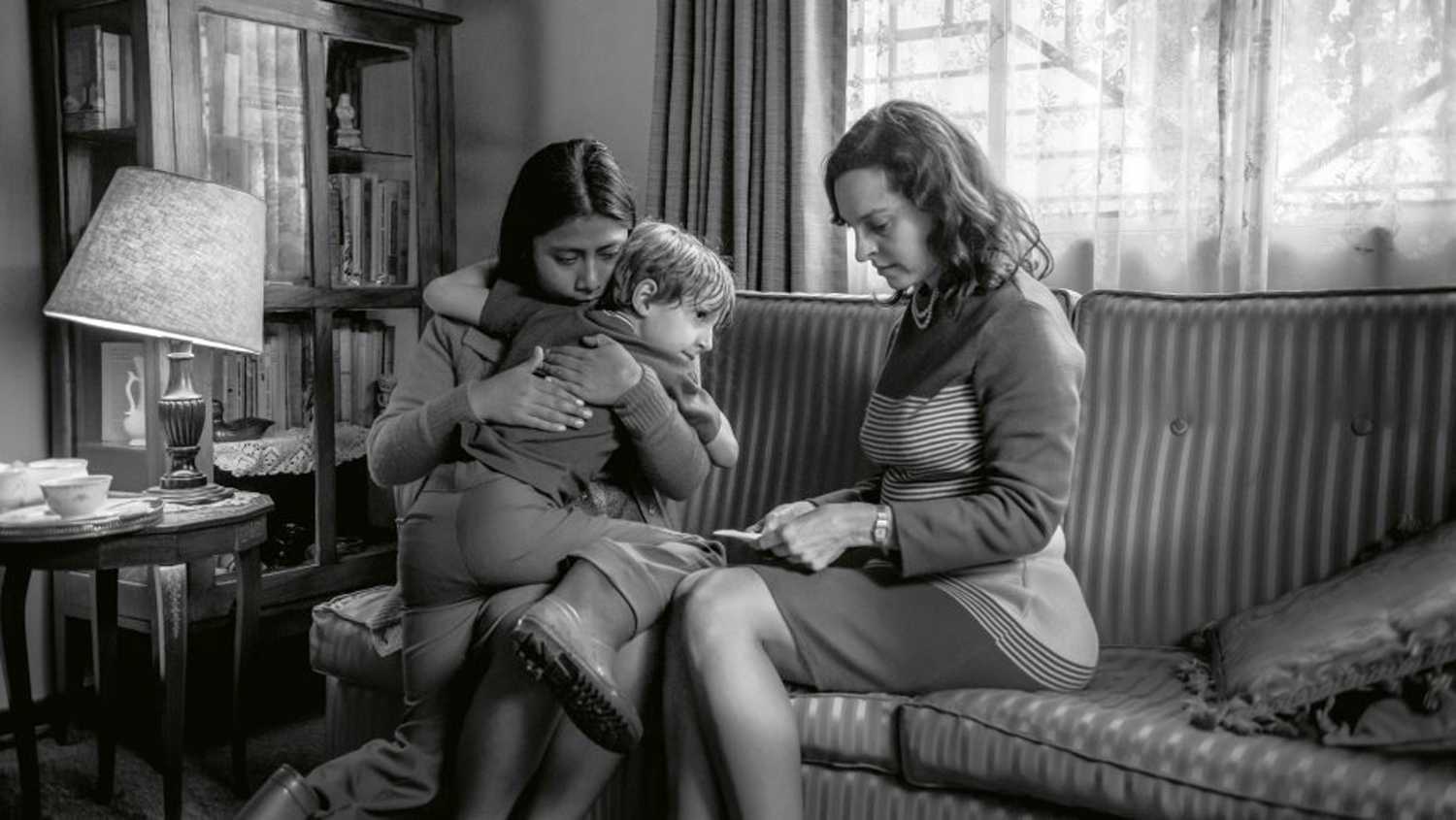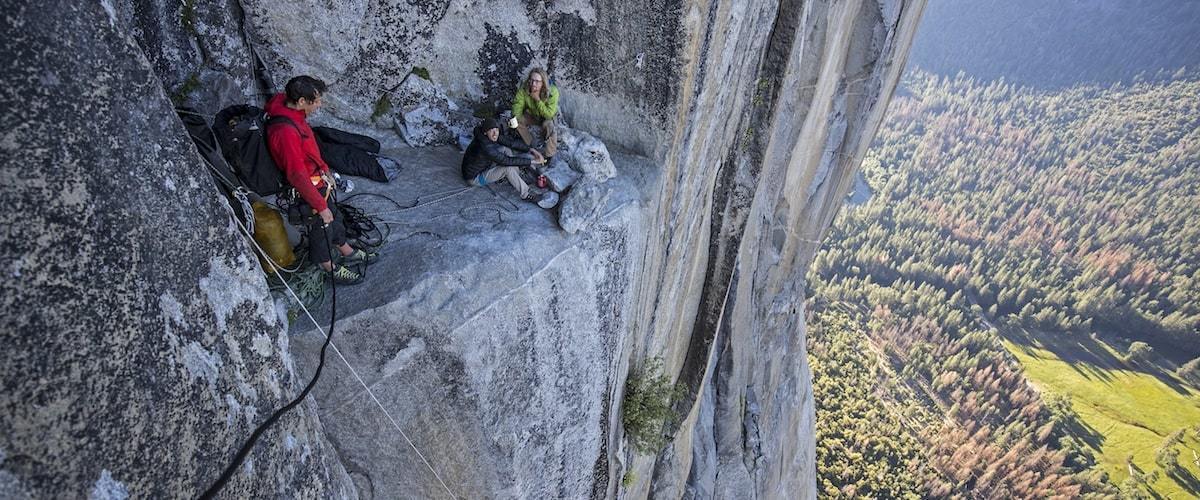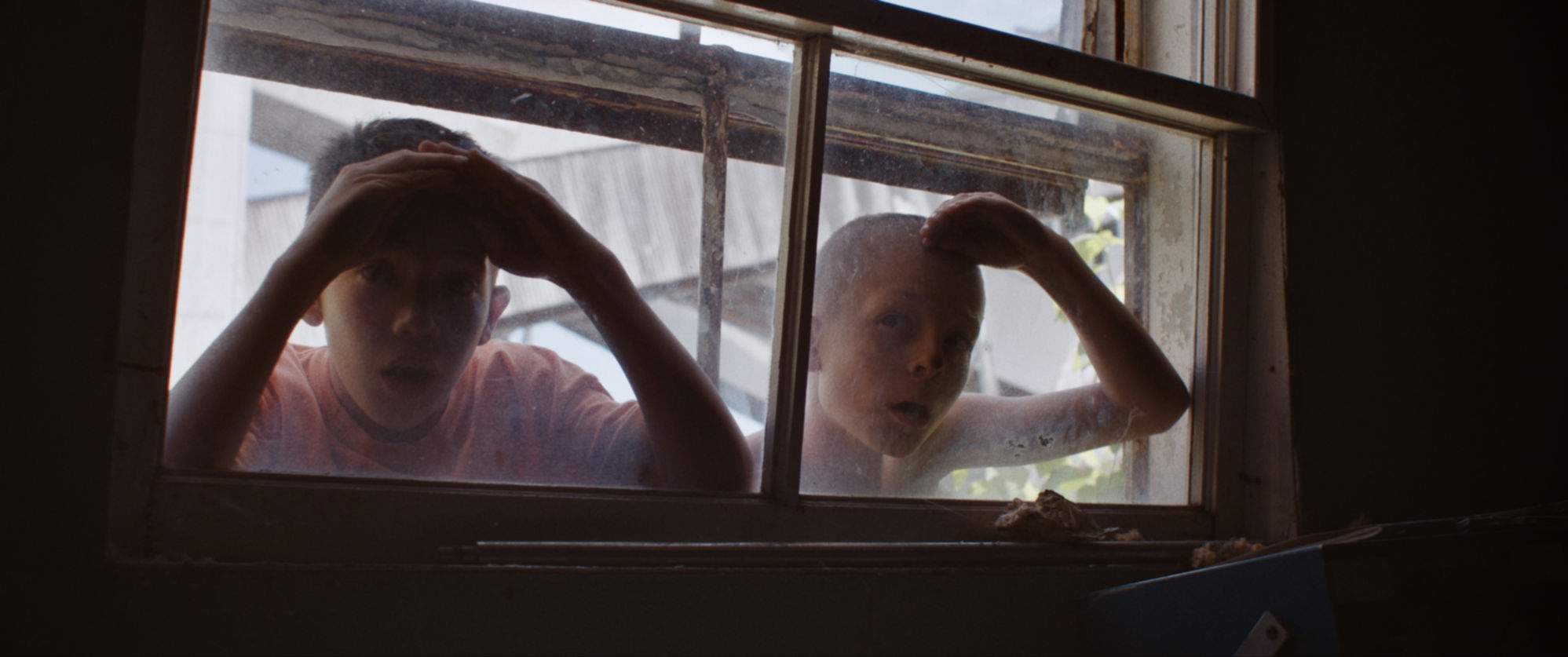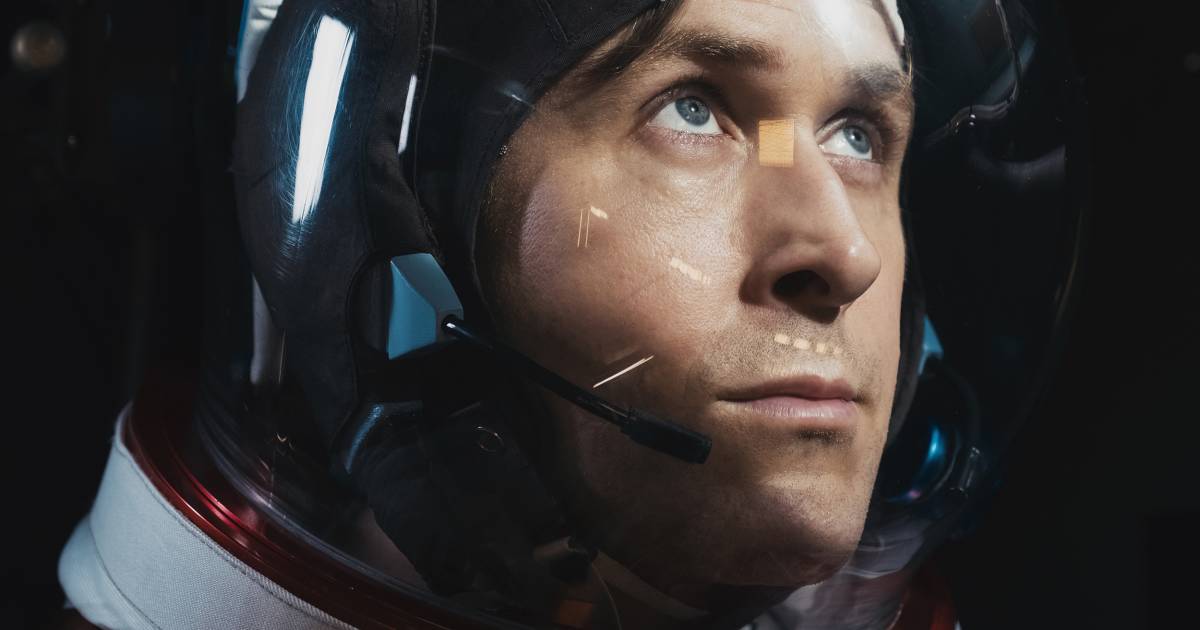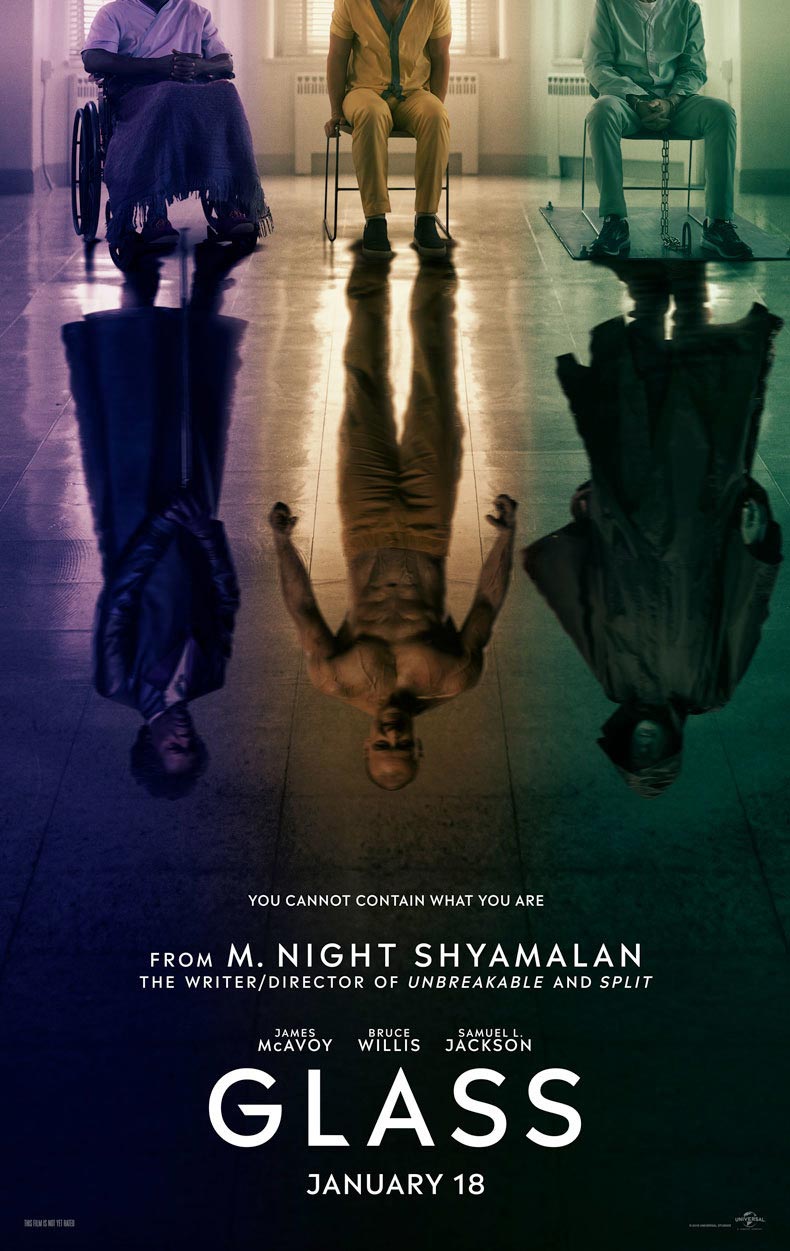I’ve imagined for many years what I might want to do if I was suddenly bestowed with cybernetically enhanced body parts. Being a badass fighter-type has been near the top of that list for the longest time, and this movie realizes it pretty well. This dystopian cyberpunk actioner was released in theaters by 20th Century Fox on February 15th, 2019. Previously, the film had been pegged for a late summer 2018 release and then another one for that year’s holiday season. Thus far, it has grossed around $163.7 million against an estimated overall budget of $170 million. Much of that money comes from overseas markets, where it has far outpaced some of the studio’s previous films in profits. Among all of this, it’s received a mixed critical reception from critics and audiences alike, with some proclaiming either to be terrible or amazing. Directed by Robert Rodriguez, the film- based on the manga series Gunnm or Battle Angel Alita by Yukito Kashiro -had been gestating in development hell since at least 2003. James Cameron was originally signed on to produce and direct the film with partner Jon Landau, as well as co-write the script with Altered Carbon scribe Laeta Kalogridis. However, Cameron ultimately stepped down from the position to focus on his Avatar sequels and gave the gig to Rodriguez, although he retains producing and co-writing credits on the final product. And apparently, the final script was shot with over 600 pages worth of notes while filming occurred. Set in the year 2563, the story takes place in the junk-filled metropolis of Iron City, one of the last specs of civilization after a devastating war called “The Fall.” In this junkyard, a scientists named Dr. Ido Dyson, played by Christoph Waltz, discovers a surviving part of a cyborg in a pile dumped from the lofty sky-city of Zalem, just above Iron City. He rebuilds the parts into a female cyborg named Alita, played by Rosa Salazar, who has incredible strength and agility despite having lost all of her memory. As she gradually regains pieces from her past, she becomes the target of both low-level bounty hunter cyborgs and residents of Zalem that are concerned she’ll mess with their dominance. I remember watching the first teaser trailer over a year ago and being might intrigued by what was being promised. Although I’m completely unfamiliar with the (Apparently influential) manga series it’s based on, the prospect of seeing James Cameron and Robert Rodriguez collaborate on a film together was very enticing. I loved Sin City and From Dusk Til Dawn, and his ultra low-budget debut El Mariachi is a literal inspiration for me as an aspiring filmmaker, so seeing him team up with the brains behind Terminator and Aliens is obviously gonna get my blood pumping. Then its release date got delayed twice, which is rarely a good sign in modern studio blockbusters. Not to mention, the titular character’s unusually large eyes became something of a meme when the first footage was initially revealed. Now it’s finally been put out to the public, with the big hopes of launching a brand new franchise. Alita: Battle Angel is certainly better than your average manga adaptation, yet it still leaves something to be desired. This really does feel like a movie that James Cameron was going to direct, but handed off the reigns to someone else at the last minute. Make no mistake, Robert Rodriguez’s distinct touch is still there and all, and the idea of him and the guy who made Aliens making a dystopian movie together sounds like an honest-to-God dream collaboration. And at points throughout the film, it definitely feels like that potential comes through. But while it is mostly its own movie, Alita: Battle Angel more often than not feels far too preoccupied trying to set up plot points or character arcs for sequels. There’s even a blink-and-you’ll-miss-it cameo near the very end that nearly made me jump out of my seat in surprise. The tough pill to swallow, though, is that it may be unlikely that a sequel will really happen. And that’s a damn shame, because it deserves a chance. I’ve seen Rosa Salazar in a handful of roles the last couple of years, and hopefully this becomes her big break. Through the motion-capture work, she shines as Alita, a cyborg woman with a childlike innocence and the fighting skills of a trained killer. Christoph Waltz also gets a break from his villainous roles as Dr. Ido Dyson, Alita’s creator and father figure. While he’s forced to do unsavory things to sustain his clinic in Iron City, it’s clear that he has a great amount of compassion and humility that is sorely lacking in this world. The weakest link though, is newcomer Keean Johnson as Hugo, Alita’s main love interest. His character never really seemed that interesting, and the chemistry he should have had with Salazar was practically nonexistent. The rest of the cast is filled out by the likes of Ed Skrein, Lana Condor, Jorge Lendeborg Jr., Jennifer Connolly, Mahershala Ali, Jackie Earl Haley, and Idara Victor. While they all try their best, (It’s cool to see Ali play a straight-up villain for once) only a handful are able to elevate behind simple archetypes. However, when it comes to the technical side of things, Alita: Battle Angel is unquestionably a sight to behold. Bill Pope’s cinematography feels just as eye-boggling and fluid as it was in The Matrix trilogy nearly 20 years ago. The dystopian landscape is caught in a slightly dingy and neon-plastered frame that oozes style and beauty, despite the griminess of its setting. It also matches up with the editing by Stephen E. Rivkin, which feels smooth and calculated. None of the action scenes feel choppy or hard to follow, which is especially impressive considering over half of the characters have some sort of metal prosthetic. But the meat of this film is undoubtedly the motion-capture work and visual effects done by the always reliable Weta Digital. This is easily some of their most impressive work yet, which is really saying something considering these guys also made the Lord of the Rings trilogy and a host of Marvel movies. Although it occasionally looked a tad cartoony in some shots, it did such an amazing job at blending real actors with their CG costumes, including and especially Alita herself. As one of the most prolific and inventive composers in recent memory, Tom Holkenborg A.K.A. Junkie XL provides the instrumental film score. And like much of his other work, such as Mad Max: Fury Road, it’s very exciting and befitting to the setting. The score infuses rapid strings with bellowing horns quite frequently, matching the intensity and fast-paced action happening on-screen. It also uses a number of dynamic percussion instruments as well as synthesized sounds to create a unique sound. Much like its protagonist, it can be whimsical, futuristic, and badass all at once. We also get treated to an original song called “Swan Song” by the singer Dua Lipa, which plays during the end credits sequence. It was much more infectious and catchy song than I was expecting, using a great beat and gorgeous vocals to provide a neat coda to the adventure. Its lyrics and style feel appropriate to give the titular character a fighting anthem all her own. Alita: Battle Angel is a well-meaning and visually stunning but narratively messy sci-fi action romp. Although it fell short of my expectations, what Robert Rodriguez and James Cameron accomplished here is nothing short of nonstop fun. I legitimately want to see this film succeed so that we can see more of this world in the future. The story, I mean, not the actual Iron City itself.

